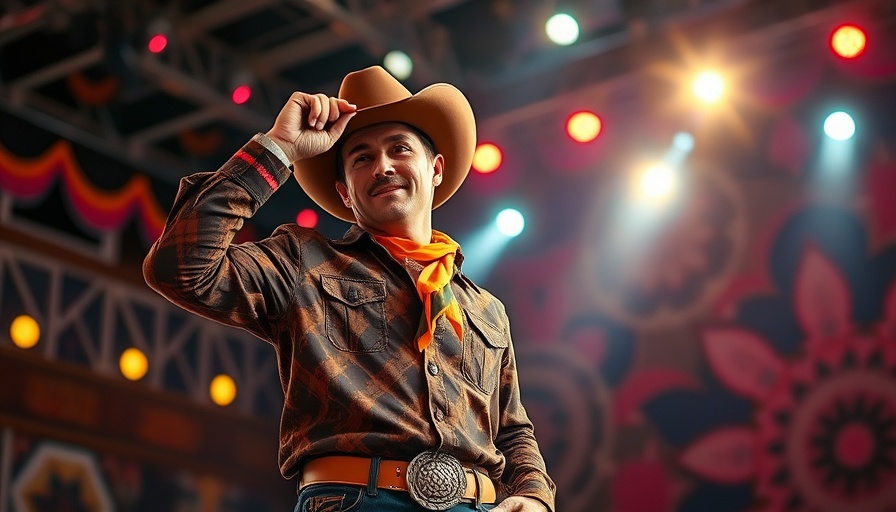
Unveiling the Rhythm of Storytelling in Dance
Dance is not just movement—it's an art form that conveys emotions, tells stories, and connects people. In the world of theatrical productions, the integration of choreography and music can create a magical experience, as seen in the upcoming production of Annie at the Stratford Festival 2025. Directed and choreographed by Donna Fior with orchestration by David Dabbon, this collaboration is a vibrant example of how music and dance can come together to elevate storytelling.
In Annie: Dance Arrangement with David Dabbon | Stratford Festival 2025, the discussion dives into the harmonious relationship between choreography and music, exploring key insights that sparked deeper analysis on our end.
Crafting Music to Move the Story Forward
David Dabbon, as the dance arranger for Annie, plays a pivotal role in transforming existing compositions into dynamic arrangements that support the narrative's flow. His approach entails creating musical segments that not only align with the overall theme but also enhance the movement portrayed on stage. For example, in the song "NYC," he generates several musical clips that enrich the choreography, allowing dancers to embody the excitement of the bustling city.
The Creative Collaboration Behind the Scenes
What stands out in this blending of talents is the seamless collaboration between Fior and Dabbon. Donna reflects on the challenge of selecting the best musical snippets from David's creations, showcasing the intricate dance of feedback and creativity that exists in the rehearsal room. This cooperation reflects the essence of theatrical productions—a united vision where every contributor's expertise brings the story to life.
Historical Context: The Evolution of Dance in Theater
Dance has long been an essential component of theatrical storytelling, evolving tremendously throughout the decades. From the early days of ballet to today’s diverse styles, the use of dance has continually transformed how stories is conveyed. The incorporation of jazz and swing in productions like Annie not only honors the cultural history of these dance styles but also connects modern audiences to the past.
The Impact of Music on Audience Engagement
As audiences, our emotional responses are heavily influenced by music. The melodies and rhythms in a theatrical production can transport us to different worlds, stirring nostalgia, joy, or even sorrow. Dabbon notes the contribution of live musicians in enriching the overall experience, creating an atmosphere filled with energy and vitality, all while the dancers express emotions through their movements.
Imagining the Future: Trends in Dance and Musical Integration
The collaboration between musicians and choreographers sets the groundwork for the future of theater. As artists seek innovative ways to connect with audiences, we may see even bolder integrations of dance and music. Productions that embrace this synergy will likely continue capturing the hearts of theatergoers, reminding us of the deep-rooted human connections found in both music and movement.
Conclusion: Understanding the Art Behind the Performance
As the Stratford Festival prepares to debut Annie, we take a moment to appreciate the intricate work that goes into creating a theatrical experience. With talents like Donna Fior and David Dabbon at the helm, we anticipate a spectacle where music and dance intermingle to tell a story that resonates with audiences. Whether you're a passionate theater enthusiast or someone discovering this world, the artistry behind productions like Annie invites us all to reflect on our shared human experience through rhythm and melody.
 Add Row
Add Row  Add
Add 




Write A Comment